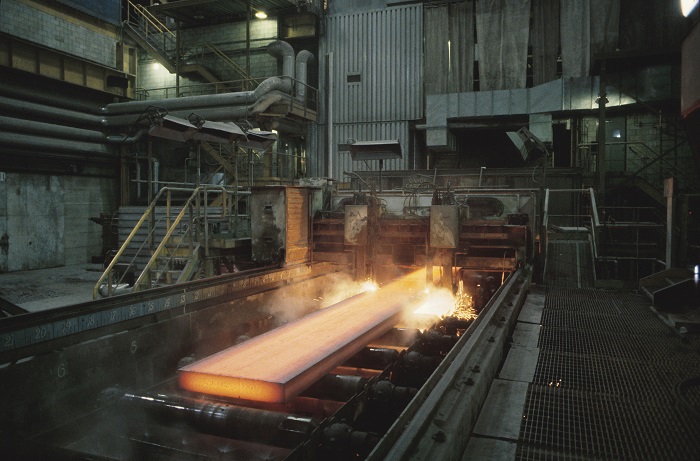Computer numerical control

|
Computer numerical control (CNC) is the digital manipulation of machines such as drills, lathes and other machine tools by computers and circuitry. Also known as numerical control or computational numerical control, the process comprises a series of numerical values generated by a computer; each of which is assigned to a desired tool or control position to enable the machining of a blank piece of material to precise specifications without requiring a manual operator.
The process dateso back to the first CNC machines built in the 1950s and 60s which relied on punched tape (or perforated paper tape) to communicate the tool position that was controlled by a motor. The process has since been refined and improved by analogue and digital computers.
Under CNC, every object to be manufactured is allocated a G-code (an international standard language) that is stored in the machine and executed by a microcomputer (machine control unit or MCU) attached to the machine. The G-code is a set of instructions – such as the positioning or speed of the tool’s components – that the machine will follow to create or part-create the item in question. Typically, this allows the automation of machine tools such as lathes, mills, routers, lasers and grinders.
In sophisticated manufacturing operations, G-codes are typically derived from the automatic translation of engineers’ CAD drawings into a sequential programme of machine control instructions which are then implemented. A less complex method is writing part-programmes using high-level, part-programming languages.
CNC does not rely on conventional control by cranks, cams and gears. Instead, it allows desired feed rates and cuts to be ‘dialled in’, thereby providing precise, repeatable machine movements that can be optimised for speed, feed and machine cycles.
CNC machines give flexibility of manufacture, especially when variable and complex part geometries are required. Parts can be produced in batches of just a few to several thousand.
[edit] Benefits of computer numerical control
- Provides highly automated, precise manufacturing;
- Does not rely on manual control;
- The part produced is a close match to the original CAD drawing, and
- Gives flexibility of batch size.
[edit] Typical applications of CNC include:
- 3D printing
- Lathes
- Mills
- Water jet cutters, drills, embroidery machines, sheet metal works and glass cutting
- Electrical and/or chemical machining
- Lasers, oxy-fuel and plasma technology
[edit] Related articles on Designing Buildings
- 3D printing.
- Advanced construction technology.
- Building drawing software.
- Building information modelling.
- Common data environment.
- Computer aided design.
- Computer aided manufacturing.
- Computers in building design.
- Computers in tendering.
- Computers in the management of construction.
- Information manager.
- Information and communications technology.
- LEXiCON.
- PAS 1192-2:2013.
- Rapid prototyping.
- Twickenham Studio - London's world-renowned film studio transformed.
- Wikihouse.
Featured articles and news
Infrastructure that connect the physical and digital domains.
Harnessing robotics and AI in challenging environments
The key to nuclear decommissioning and fusion engineering.
BSRIA announces Lisa Ashworth as new CEO
Tasked with furthering BSRIA’s impressive growth ambitions.
Public buildings get half a million energy efficiency boost
£557 million to switch to cleaner heating and save on energy.
CIOB launches pre-election manifesto
Outlining potential future policies for the next government.
Grenfell Tower Inquiry announcement
Phase 2 hearings come to a close and the final report due in September.
Progress from Parts L, F and O: A whitepaper, one year on.
A replicated study to understand the opinion of practitioners.
ECA announces new president 2024
Electrical engineer and business leader Stuart Smith.
A distinct type of countryside that should be celebrated.
Should Part O be extended to existing buildings?
EAC brands heatwave adaptation a missed opportunity.
Definition of Statutory in workplace and facilities management
Established by IWFM, BESA, CIBSE and BSRIA.
Tackling the transition from traditional heating systems
59% lack the necessary information and confidence to switch.
The general election and the construction industry
As PM, Rishi Sunak announces July 4 date for an election.
Eco apprenticeships continue help grow green workforce
A year after being recognised at the King's coronation.
Permitted development rights for agricultural buildings
The changes coming into effect as of May 21, 2024.





















